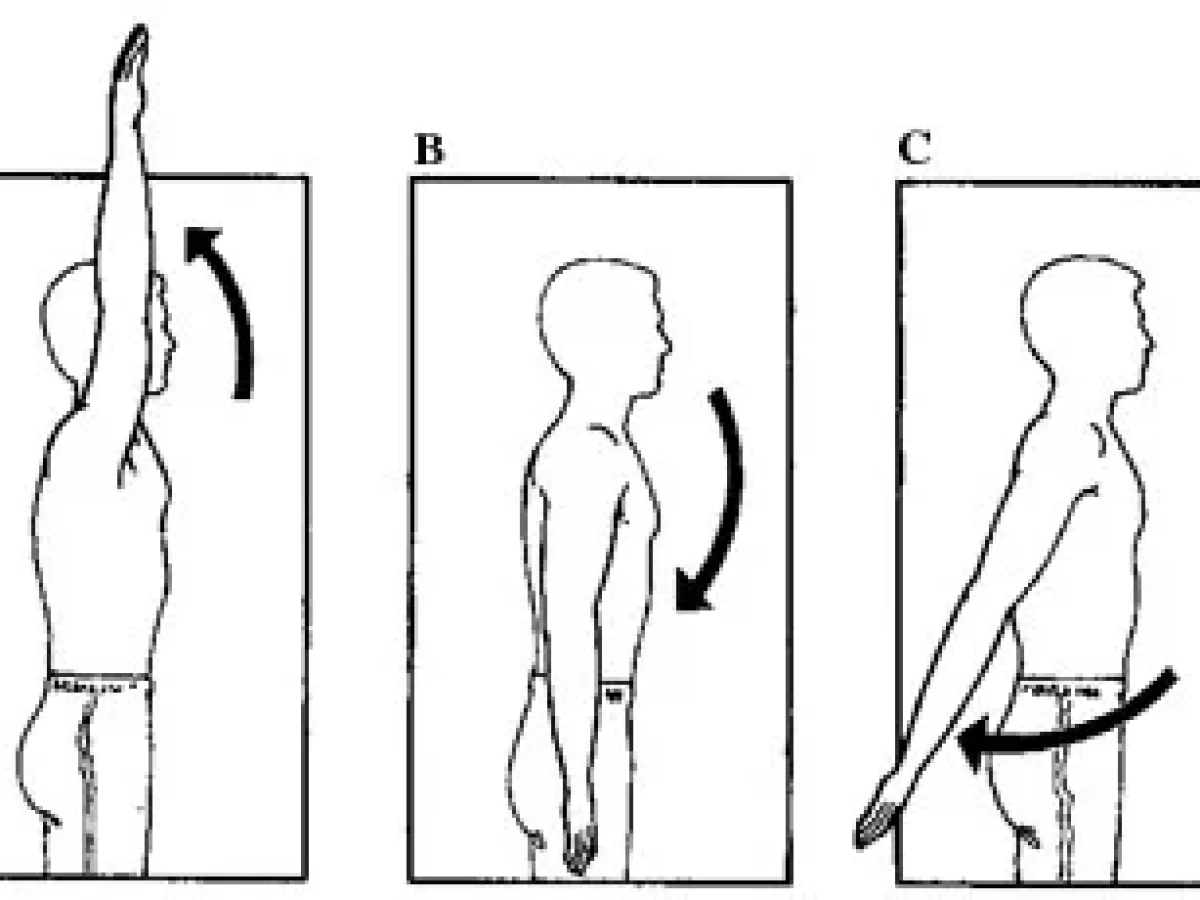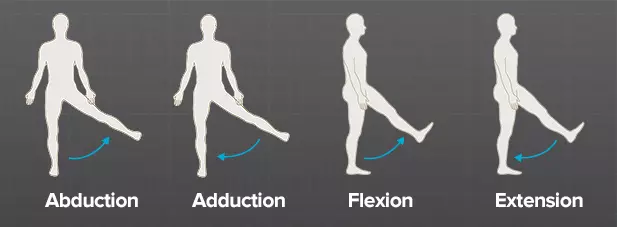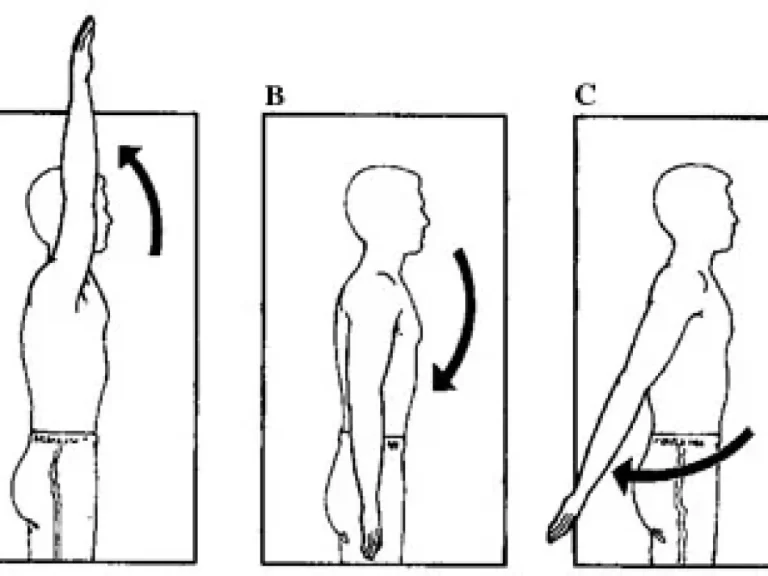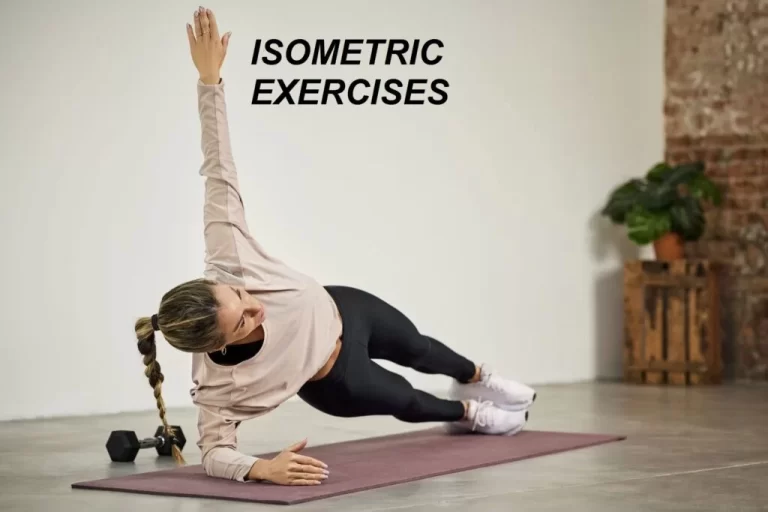Shoulder Extension
What is Shoulder Extension?
Shoulder extension refers to the movement of the arm behind the body through the shoulder joint.
When two components are united by a joint, an extension is a movement in which the angle between them increases. Stretching is done by reaching behind your back or imagining your hands in your back pocket.
When a shoulder extension is performed, the upper arm freely lowers from an elevated position in front of the torso. The limb then returns to its normal resting position at the waist return of the body after moving back behind the torso, allowing limited arm movement.
Shoulder extension occurs at the humeral joint, also known as the shoulder joint, and is produced by the coordinated action of many muscles that link the shoulder girdle. This movement is continuous and smooth.
Cross Arm stretch – Horizontal Adduction
Your shoulders should be relaxed. Stretch your arm over your chest till it feels stretched. Give the stretch a half-minute hold.
What muscles are used in shoulder Extension?
The three main muscles involved in shoulder extension are the
- latissimus dorsi
- posterior deltoid
- teres major.
What is the shoulder Extension range of motion?
Shoulder extension range of motion is 45–60 degrees. Put something in your back pocket and extend your hands behind you to practice shoulder extension.
Benefits of Shoulder Extension training
- Your range of motion can be improved with shoulder extension exercises.
- Shoulder extension exercises can help you become more flexible, stable, and injury-free.
- Exercises that emphasize shoulder extension can help avoid shoulder discomfort and damage.
- decreased pressure on the neck and lower back.
- Improved breathing: You may breathe more deeply and effectively by opening your chest and maintaining a better posture.
- Greater Mobility of the Shoulders
- Shoulder extensions can help resolve muscular imbalances and lessen pressure on your neck and lower back by strengthening the muscles that pull your shoulders back.
- Improved posture and improved shoulder stability.
- support the relief of shoulder and neck stiffness, discomfort, and muscular strain.
Shoulder extension exercise
Wand Exercise
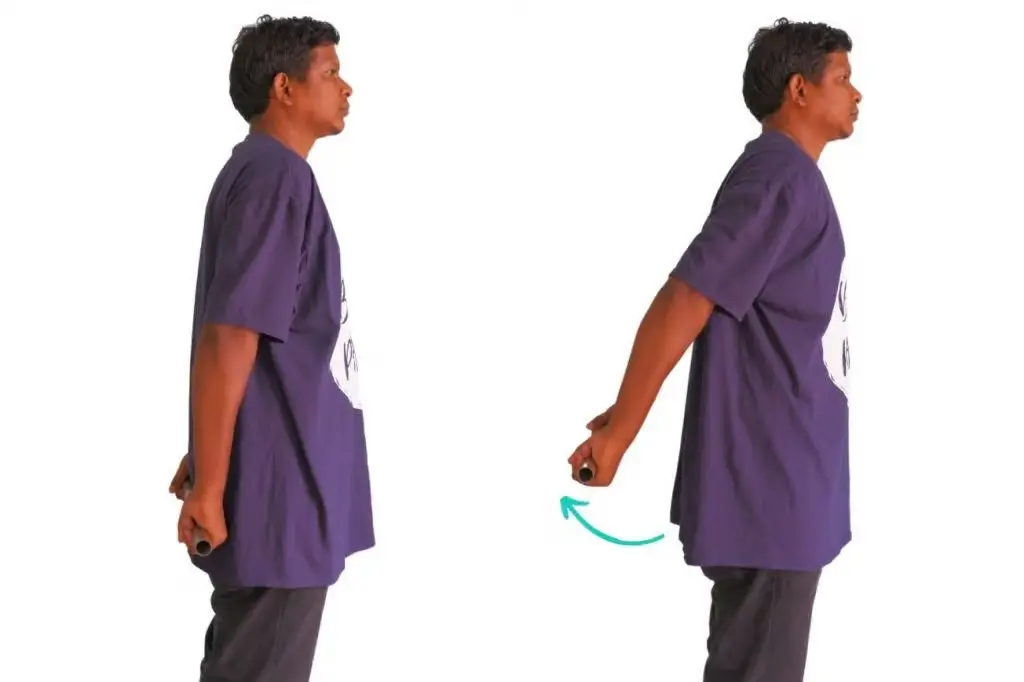
Hold the wand in both hands behind your body while standing erect and tall with your feet shoulder-width apart. Lift your shoulders gradually back and up while maintaining a straight arm position with the palms facing back. After a few seconds of holding the position, return to the beginning position. Do this three to five times.
Isometric Shoulder Extension

Stand straight and lean against a wall, arms at your sides. Maintain a straight elbow position while pressing your hands back into the wall.
Release after five seconds of holding. Five to ten repetitions should be made during the session. Practice three times a day.
Shoulder extension: Lie flat on your stomach on a hard table. Arms should hang loosely at your sides. Use both hands to hold the weight, palms toward the body. As you raise your arms in Y form, keep them straight and slowly bring them parallel to the floor. Come to a complete stop with your arms parallel to the ground. For whatever long the directions specify, keep it. Return to the starting position gradually.
Shoulder extension exercise with weight
Shoulder extension with dumbbells
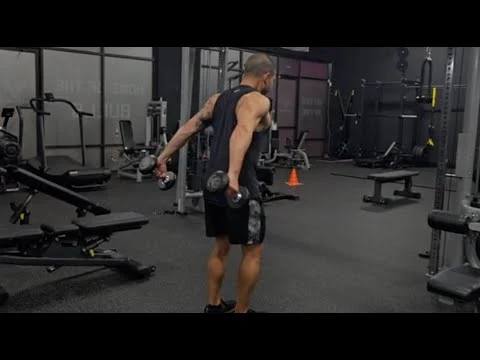
How to do it?
- Hold a dumbbell in each hand while keeping your feet shoulder-width apart. Raise your shoulders slowly back and up while maintaining your arms straight and palms facing back. After a few seconds of holding the position, return to the beginning position. Repeat eight to twelve repetitions.
Shoulder Extension Exercise using a resistance band
- This simple resistance band exercise improves the shoulder range of motion and strengthens the upper back. It lengthens and strengthens the biceps and triceps as well.
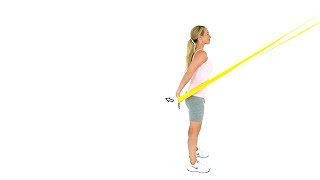
- Wrap the resistance band around something substantial and steady. Your chest should be level with the band.
- Hold the band’s ends with both hands
- Step back and raise your arms straight. Pull your arms back and down while keeping the shoulder blades together.
- After holding the posture for a short while, slowly return to the beginning position. Repeat eight to twelve repetitions.
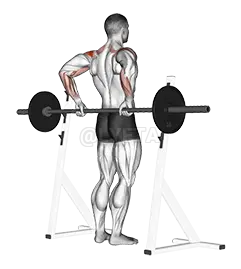
Shoulder Extension Exercise With Barbell
Stand tall, Maintain a straight posture, and grasp the barbell with your hands slightly wider than your shoulders, pointing your palms in the direction of your body. Lift the barbell till it is parallel to the floor while maintaining a straight arm position. At this point, hold, contract your delts, and then gradually lower.
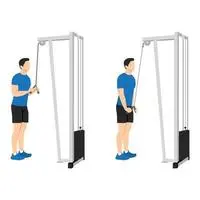
Cable Machine Shoulder Extensions
How to do it?
Stand erect and tall, Connect a cable machine’s handle. Standing with your back to the machine, grab the handles with both hands. After extending your arms behind your head, carefully take a step back to the beginning. Do it 8–12 repetitions.
Suggestions for Safe and Powerful Shoulder Extensions
- Warm Up: To avoid injury, warm up your upper body and shoulders with dynamic stretches or gentle aerobic exercises before performing shoulder extensions.
- Apply Good Form: Avoid arching your lower back, maintain a straight back, and keep your shoulders down. To do shoulder extensions safely and successfully, it is important to ensure the stability of the glenohumeral joint.
- Start With Light Resistance: As your strength increases, progressively raise the weight from the beginning using resistance bands or lesser weights.
- Rest in Between Sets: Take a 30- to 60-second break in between sets to give your muscles time to heal.
- Cool Down: To preserve flexibility and avoid stiffness, stretch your triceps and shoulders after your exercise session.
Manual Muscle Testing: Shoulder Extension
Position of patient
Prone lying position with arms at sides and shoulder internally rotated (palm up)
Therapist Position
Stand at the test side. Just above the elbow, the posterior arm’s transform serves as the hand used for resistance.
Test
Raise your arm to the table, maintaining your elbow straight.
Instruction to the patient
Raise your arm as high as you can. Don’t let me push it down.
GRADING
Grade – 5 (Normal )
Reach the end of the range and resist as much as possible.
Grade – 4 (Good)
A complete range is available, but it can be achieved with severe resistance.
Grade – 3 (Fair)
full range of motion without the need for physical resistance.
Grade – 2 (Poor)
Complete partial range of motion.
Grade – 1 (Trace) There is no noticeable osteokinematic movement or visible contraction of the muscles or tendons.
Grade – 0 No osteokinematic movement.
FAQs
Which muscles are shoulder extensions?
The three main shoulder extensors are the teres major, latissimus dorsi, and posterior deltoid.
What are shoulder extensions good for?
Shoulder extensions contribute to the strength of the rotator cuff and posterior deltoids, two muscles and tendons that surround the shoulder joint and offer much-needed stability and support.
What causes poor shoulder extension?
Shoulder degeneration caused by a chronic illness or injuries to any component of the shoulder can restrict shoulder mobility.
How do you extend your shoulder?
At around chest height, extend your left arm across the front of your body. Your left arm might be supported by the elbow crease of your right arm or held in your right hand. Keep your head forward while extending your shoulder. For 30 seconds, hold this position.
References:
- Patel, D. (2023a, June 17). Shoulder Flexion & Extension – Range of Motion, Muscle, Exercise. Samarpan Physiotherapy Clinic. https://samarpanphysioclinic.com/shoulder-flexion-extension/
- https://www.scribd.com/presentation/504673940/4-MMT-Shoulder-Extension

